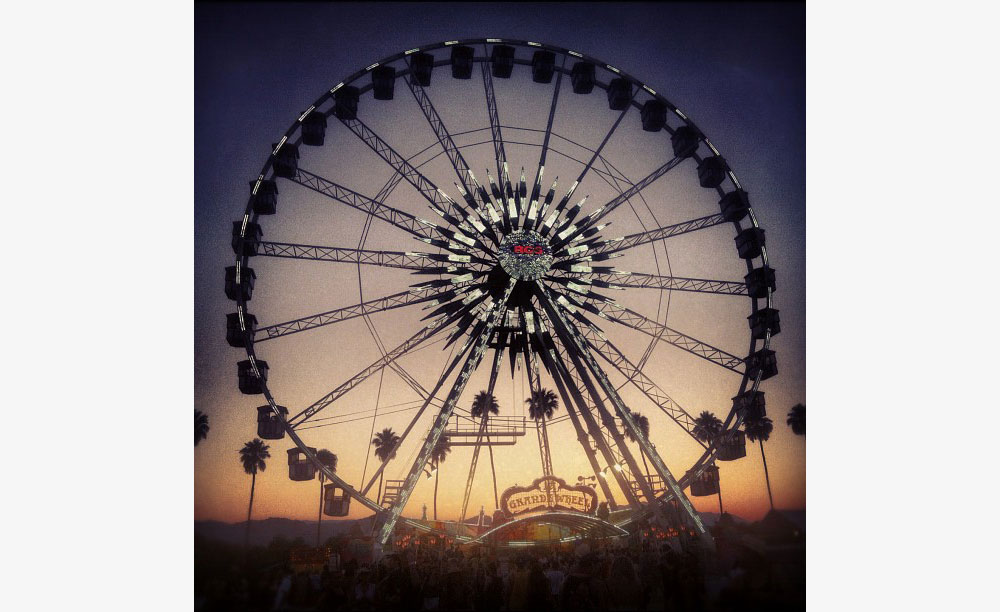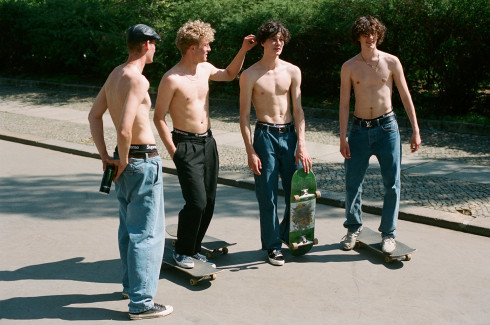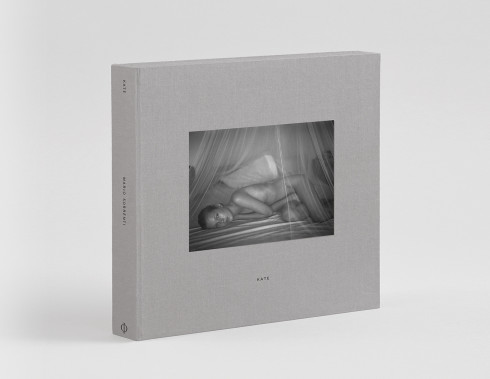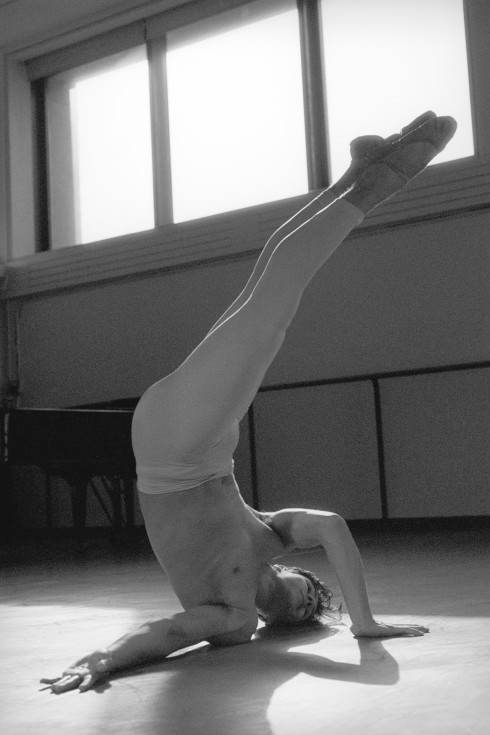
COACHELLA 2012
For some, the headliner of Coachella’s second weekend was the heat. One hundred and five degrees of stationary air, tempered lightly by the constant sway of some eighty thousand bodies, it was the unwelcome, unanticipated guest at any and all parties. To arrive on the festival grounds, even by late afternoon, was to give yourself to it. And give myself to it, I did: on Sunday, with the sun at its peak, after eight waterless hours, coupled with a mainstage performance—all sound, light, and movement—I met the ground wholly unexpectedly, eyes open but dark. Heat stroke.
Fortunately, Coachella is the anti-folk festival—a well-oiled machine, an enterprise with an underbelly like the Panopticon. Water was always a reach away, and this particular time, it was quickly delivered by a friend. Alas, color quickly returned to the world, and so, too, did my embracing of it: seventy-two hours in the desert, red as sandstone and clinically exhausted, builds out a new set of norms. By then, with two days at my back, the world outside had largely disappeared. The festival’s organizers had harvested something expansive—a highly-monitored, highly-profitable utopia—and it had absorbed us. From the moment I came to the gates, greeted with a series of not-so-casual pat-downs, the chip inside my wristband reminded me that someone, somewhere, knew I had arrived.
From there, something remarkable unraveled. Through a decade of experience, the organizers have harnessed an aesthetic that’s at once natural and otherworldly—the barren desert landscape, ringed by dusty brown mountains, is made the backdrop of the world’s fair. Strings of balloons, ever-growing, stretch toward the clouds. A mechanized flower, manned like something out of Wonderland, bobs upward and downward before nightfall brings out its neon glow. Beer gardens, movie screenings, an intricate fleet of buses—even massage parlors, art studios, and a farmers’ market. A ride on the ferris wheel, housing childlike parties of eight, unveils it all below: a landscape swarmed by sleeveless dancers, piles of sleeping campers, the rumble of distant bass, palm trees glittered with colored light. It surrounds you.
Come sunset, the vision reaches its high point. With temperatures on their way downward, the soft shimmer of a low sun brings the crowd back to life. For those of us staying off the grounds, this marked the third significant stage of the day: first was the pool, then came the heat, then came the night. Highlights of the day had passed—Neon Indian, GIRLS, Frank Ocean, tUnE-yArDs, St. Vincent, the Weeknd, and so on, no matter your taste—and the crowd unwound. From the Mojave, Sahara, and Gobi tents, which housed a controlling percentage of the festival’s almost-mainstream up-and-comers, came the low buzz of dubstep coupled with a level of showmanship empowered by the electronic noise. The later, the more remarkable: as Amon Tobin performed within a stage that appeared to deconstruct and reconstruct according to tempo, a heavier Datsik shouldered his sound with a pairing of dancing, titan robots. Two days later, just before Avicii emerged from a multi-story skeleton, peering monolithically upon us, Calvin Harris’s crowd, predicting Rihanna, spilled well beyond the confines of the tent.
At times, it was within these smaller spaces that a greater level of harmony could be accomplished, in large part due to the communication allowed by intimacy. M83, despite bordering on shoegaze, provided one of the weekend’s more compelling performances, elongating their own songs in new directions to elevate Friday’s fresh crowd. Nero, even in the dull space of early afternoon, worked from atop a stack of some twenty speakers, sandwiched between performances from Dada Life and Calvin Harris. For hip hop’s rising stars, like Azealia Banks and Frank Ocean, eruptions occurred for synchronized breakdowns and guest spots from those like Tyler, the Creator. Simultaneously, at the main stage, with global stars like the Black Keys, Miike Snow, and the briefly-reunited At the Drive-In, we were confronted with classic festival fare—shoulder rides and water guns, beach balls and national flags. A highly commercial, profitable enterprise, no doubt—the entire horizon, after all, was under its colorful control—but seemingly sincere and endless.
With a veil of darkness, the mainstage performances took on a more expansive, remarkable tone; Tupac, reconstructed as a hologram, was largely old news by the second week, having been worn thin over the Internet. Instead, it was the crosses of crowd favorites Justice, the candlelit serenade of Bon Iver, the eerie sway of Florence + the Machine, and the now-redundant overplay of Girl Talk. Fortunately, the event is one of mastered variety—attendants ended each day with three acts of completely disparate proficiencies. Where Swedish House Mafia closed Friday with fireworks and flames, its stars dancing miles above the crowd to their stadium-ready house music, a crooning Radiohead brought the Saturday crowd to new heights with a triple encore, harnessing the rarity of their live performance with near flawless execution. By Sunday, the arrival of Snoop Dogg and Dr. Dre marked a fitting culmination to absorption by a foreign landscape: innumerable hands flailing wildly to a lineup of hip hop classics they had likely never heard live, stretched back toward the horizon, where the festival’s mile-long stretch of buses would soon bring us swiftly back to life.























